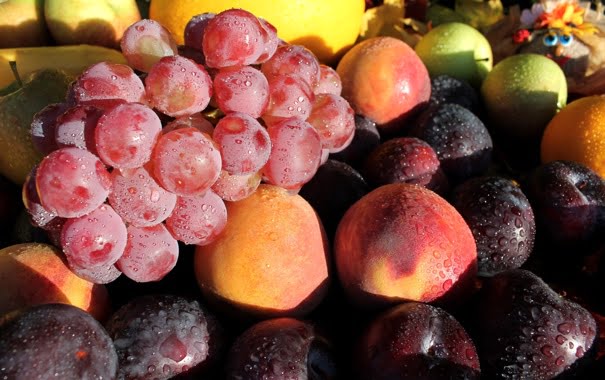In the context of the Russia’s embargo on imports of fruits and vegetables from Moldova, the Ministry of Agriculture and Food Industry of the country reported about the successful expansion of Moldovan fruits on the EU market. According to the ministry, the strengthening of Moldova’s positions on the EU market is due to the EU’s decision to suspend import taxes and quotas for several categories of products from Moldova. In 2023, the country could supply tomatoes, garlic, apples, cherries, plums, grapes, and grape juice to the European market freely without limitations.
EastFruit decided to analyze whether the success of Moldova on the EU market is a coincidence or can be sustained in the future?
As we previously informed, the European Commission and the European Parliament agreed to expand the 2022 quotas for duty-free imports of Moldovan plums from 15 to 40 thousand tons, table grapes – from 20 to 58 thousand tons, apples – from 40 to 80 thousand tons, cherries – from 1.5 to 3 thousand tons, tomatoes – from 2 to 4 thousand tons, garlic – from 220 to 440 tons, grape juice – from 500 tones to 1 thousand tons. At the beginning of 2023, the EU authorities considered the option of using expanded European quotas for these categories of goods, but subsequently it was decided to open unlimited access for them as a measure of support for a country experiencing a serious negative impact of the Russian war in Ukraine.
Read also: How Moldova’s apple prices compare to neighboring countries, and what factors affect them
Moldovan farmers and exporters have indeed benefited from the plum export liberalization. The exports of fresh plums from Moldova to the EU have thus far tripled in relation to the previous annual EU quota. In addition, the possibility of free exports apparently helped Moldovan exporters of table grapes as well. Exports of this product have increased significantly compared to last year’s level, but they are still under the previous EU’s quota for Moldova.
However, we should take into consideration that the situation with plum and grape supplies in the EU in 2023 was unusual. Reduced yields and unusually high prices have certainly helped Moldova’s exports. Therefore, it is too premature to conclude that this success could be sustained next season if the supply of locally grown plums and grapes in the EU recovers.




